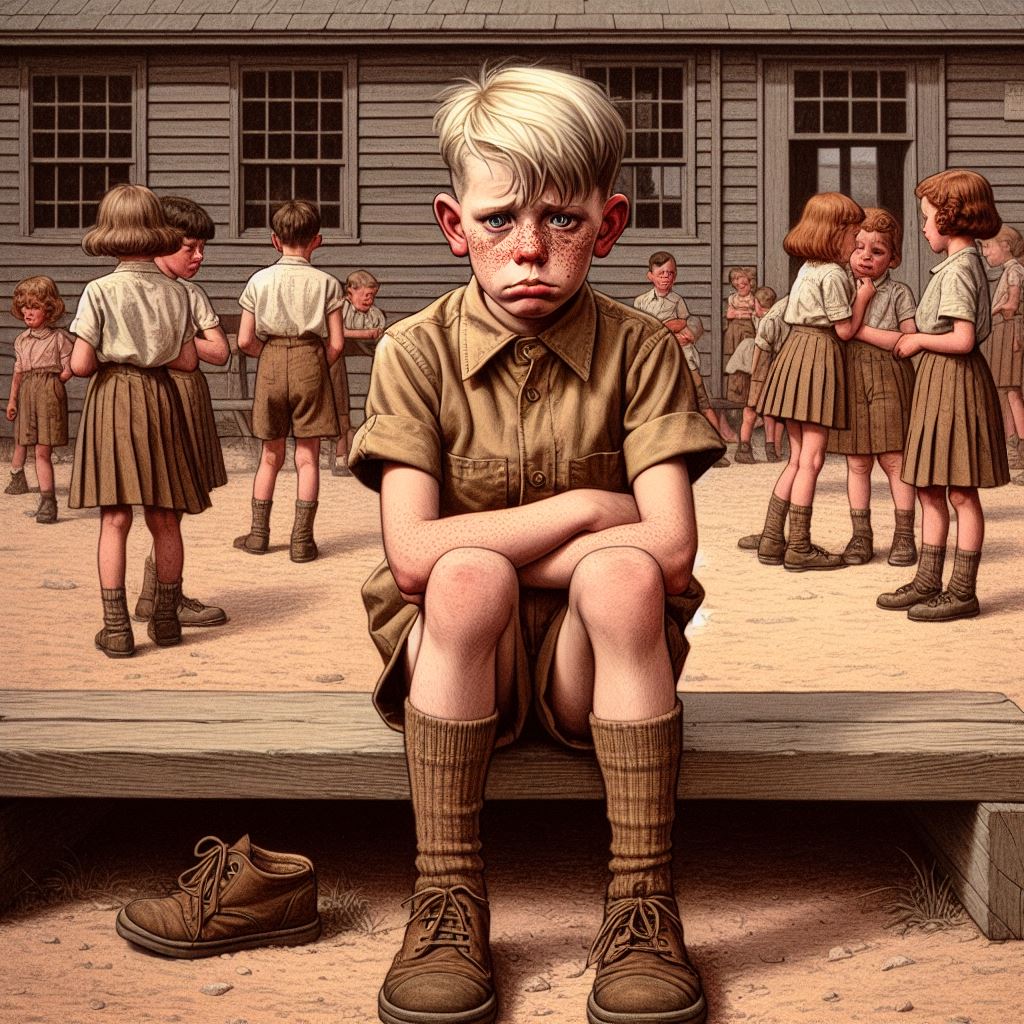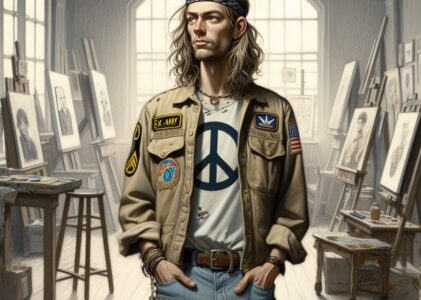This is a long lead-up to my story
PART TWO

When I was young, I was simply ‘different’. It may have been because my father was an alcoholic. Probably a big part of it. I will go into that story another time. There are many factors that I will explore in other stories, but to put it simply I was ‘different’ and as a result, I was bullied at school because I didn’t fit in. I didn’t try to fit in, but I didn’t go out of my way to not fit in either. This was just my lot in life, so I dealt with it as best I could. My mother is an incredible seamstress and she started making clothes for me from a very early age. Initially, it was to save money as my father drank most of our money. So she made my school uniform. Obviously, it looked slightly different from the other kids with bought uniforms, so I was pegged as poor and treated as such. But oddly enough, it didn’t make me run away screaming. To me, this was simply my reality. It is what it was and I couldn’t change it.
So I started asking Mother to make me clothes that I wanted to wear. The first outfit she made me was – for those who remember – from the TV show The Goodies. Bill Oddie wore a really funky purple with white panelled shirt and trousers outfit. It looked very hippie and very funky. It was predominantly purple with white panels. Mother couldn’t get enough purple, but she did have a lot of white fabric, so instead of purple and white, it became white with purple panels and that didn’t quite have the same funky feel to it. In retrospect, it went from funky hippie to Saturday Night Fever Disco. Not bad, if I wanted that. Of course that was well received around town – NOT! But it was the first of my clothes adventures.

They are a threat to society
My next clothes adventure happened when I moved to Brisbane – the state capital and went to Art College. I will also tell the Art College story at another time.
My clothes adventure at Art College came about when I was exposed to so many new ideas and concepts. I got lost in the world of Existentialism, Camus, Kierkegaard and Nietzsche and an interesting book called “Protagonists of Change: Subcultures in Development and Revolution” (1971).
That blew my mind. That cemented the idea of sub-cultures and their impact and role in cultural change. This gave me permission to be weird.
A notable quote from it still sticks with me.
“The men with long hair, beards and beads, do not have to DO anything to be a threat to society, they ARE a threat to society”
What this says is that if you don’t play the societal game by looking like how it is expected you are treated as a threat. If you are so brave as to look different, then you MUST think differently, therefore you are a threat to the established norm.
shouted at by passing cars full of young men

At Art College, I called my ‘uniform’ Pseudo-Urban-Hippie. I knew I wasn’t a ‘real’ hippie. I lived in a city, not in the country. To me, that’s where hippies lived. I wore op-shop clothes. Ex-army jackets with hand-embroidered peace symbols. I got my first broad-brimmed hat. It was an alpaca wool South American hat and man it was itchy! But hey, I looked cool. I had an Indian shoulder bag with bells on it. I wore t-shirts until they literally fell off me. They often had more holes in them than fabric. It got to the point that one of the lecturers asked me if I was OK and if this was a choice or a necessity. When I told him it was by choice he accepted it. I had long hair halfway down my back. At this stage I couldn’t grow a beard and I was tall and slim and for what was an over-grown conservative country town at that stage, I really stood out. Whenever I went out in public I would often get shouted at by passing cars full of young men yelling “Poofta” or “Queer”.
The way I thought of my journey was that I was doing them a favour by exposing them to another reality and I could educate them to have broader minds. It didn’t work. Ultimately, all it did was make them run screaming back to the security of their close-held beliefs thanking their various bogan gods that they weren’t like me.
As I finished my studies at Art College, my identity, shaped by years of dressing to stand out and rejecting societal norms, was firmly established. It would guide me into a new chapter of my life, one where I would confront the everyday challenges of the real world head-on, with my individuality as my shield and my fashion sense as my armour. Little did I know that my greatest challenge was yet to come and that my clothing would once again become a tool for self-discovery and transformation in the years that followed.
TO BE CONTINUED

